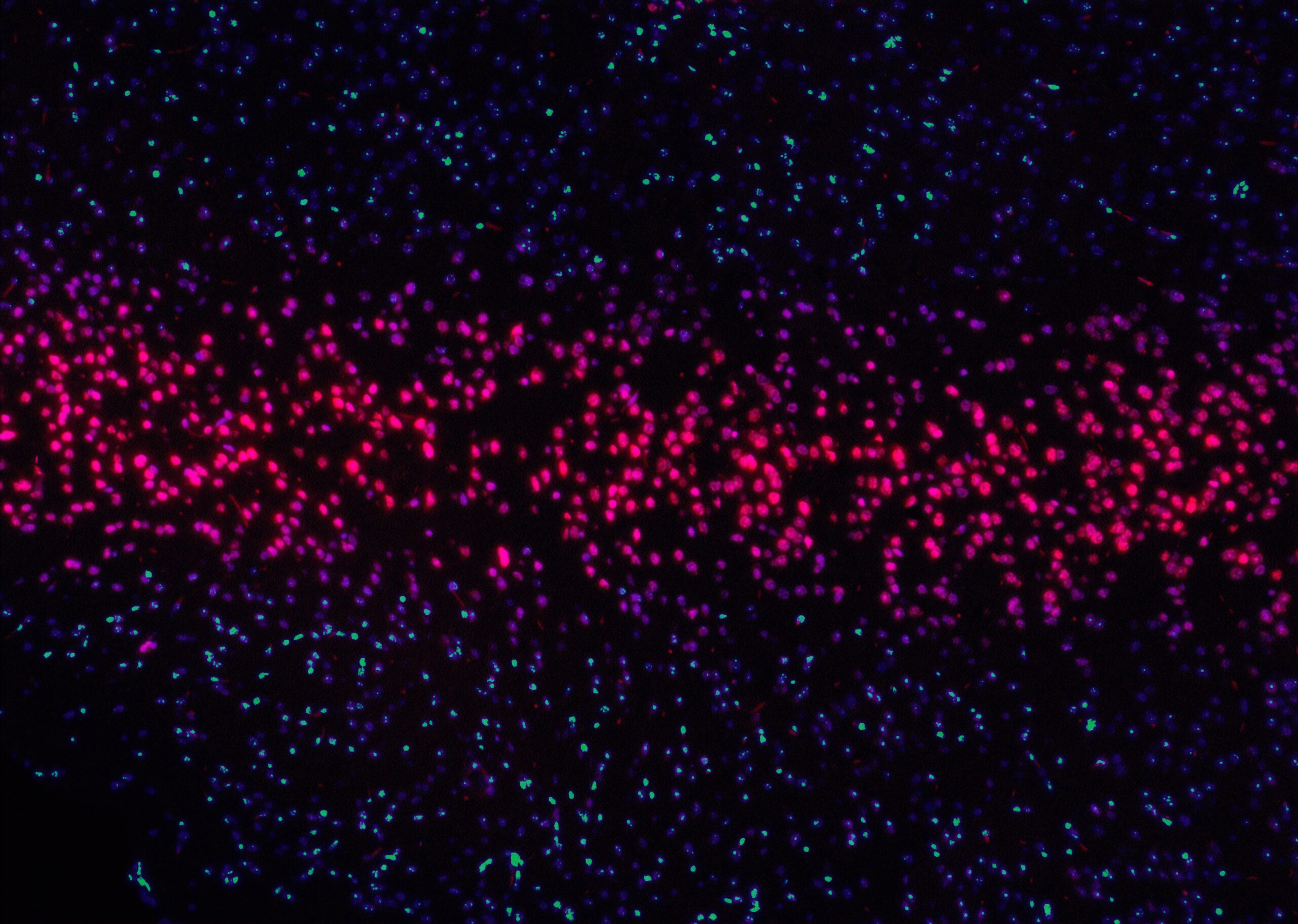Biologists have learned to quickly reassemble protein biosensors for the desired pathogen
Biologists have created a class of protein biosensors that glow in the presence of a given pathogen or disease marker. According to the researchers, the modularity of the system allows you to quickly create biosensors for new target molecules: it is enough to perform a computer analysis and replace one of the domains of the protein. The authors of the work published in Nature tested the sensor they described on botulinum toxin, coronavirus, marker of myocardial infarction and other clinically relevant targets.
Protein-based biosensors play an important role in synthetic biology. In basic research, protein sensors are used to study the processes that take place in cells, and in medicine, for example, they hope to predict the effectiveness of therapy for patients with cancer. Such sensors are created on the basis of naturally occurring proteins. To do this, a protein domain is selected that can bind to the target target molecule and binds to a reporter domain that outputs a readable signal. The main disadvantage of this approach is the complexity, because it takes a lot of bioengineering transformations to get an effective biosensor from these two domains. Therefore, researchers are looking for a universal platform on the basis of which it will be possible to easily create biosensors for protein molecules of various pathogens or markers of diseases, simply by replacing the necessary “details”. Rational computer design of proteins, which is actively developing in recent years, allows you to create proteins with the necessary characteristics de novo.
A protein system with two almost equal energy states can serve as a biosensor. And the presence of the target molecule should regulate whether the reaction will proceed in the direction of a visible response, such as glow or color change.
Scientists identify three requirements for a potential sensory system: a change in the system should lead to a visible result; the change in the system that leads to the visible result should not depend on the target molecule, so that the system as a whole can be used to detect different substances; and finally, the system must be easy to adjust so that substances with different energy characteristics of binding to the sensor can be detected, and so that the minimum detectable concentration can be adjusted.
Researchers at the University of Washington, led by David Baker, have developed a protein system that meets these requirements. The components of the system biologists called quite simply: the cell and the key. Both parts contain a piece of luciferase, and only when the key joins the cell does the luciferase become whole and trigger a glow reaction. The cell consists of two domains: the cell itself and the latch connected to it. The latch covers the place where the key should join. In the presence of the target molecule, the latch binds to it, freeing up space for the key, and the emitted glow indicates that the reaction was successful.
